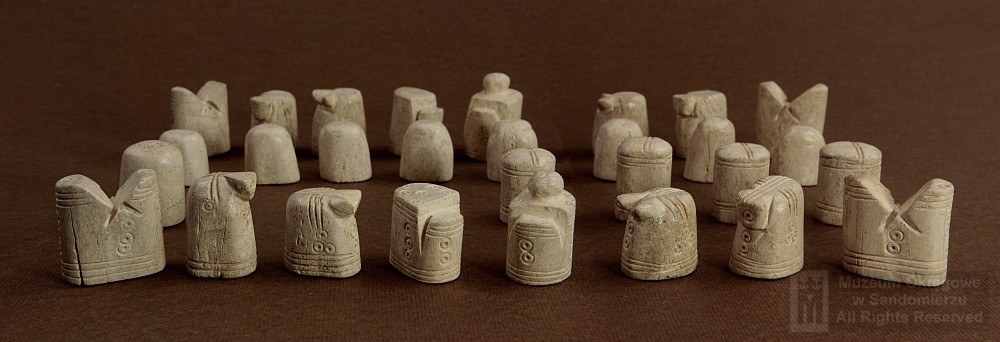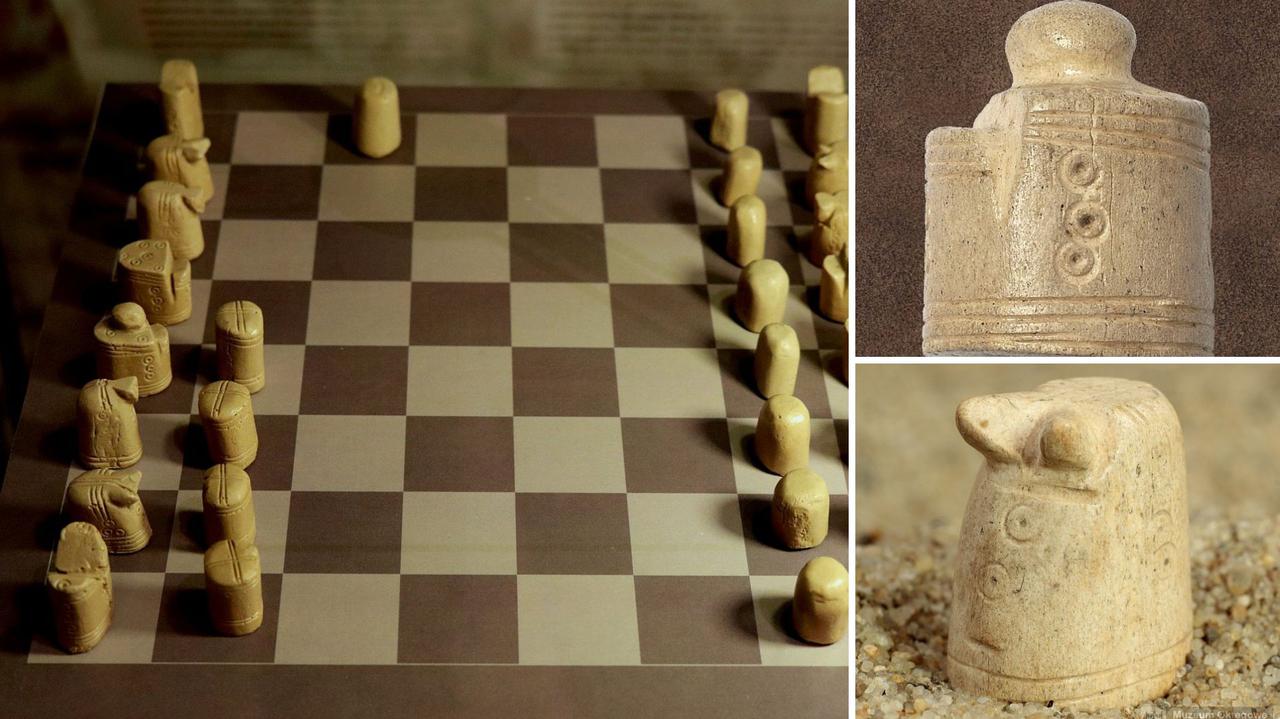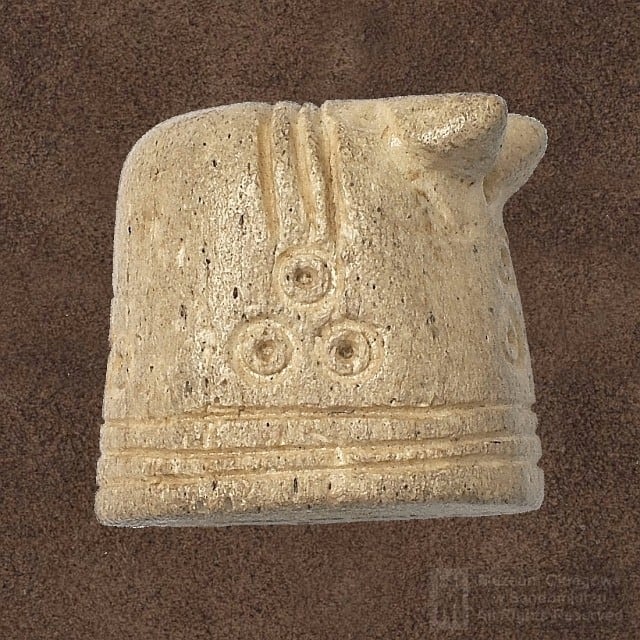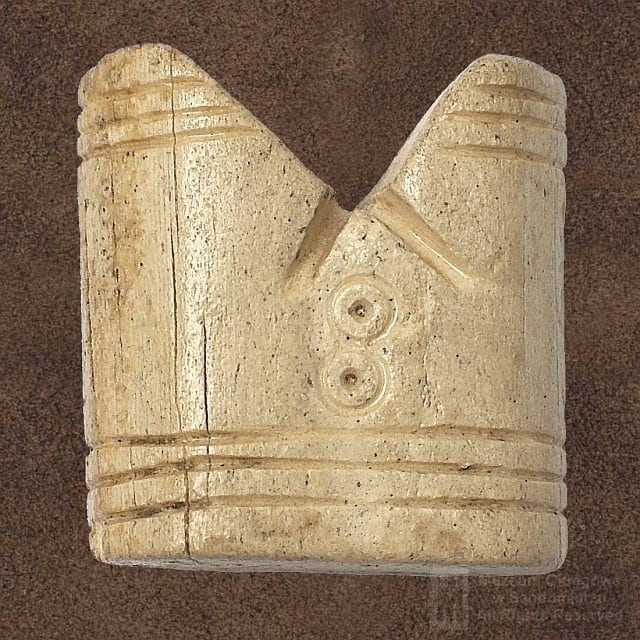
The mystery of medieval chess: DNA reveals the origin of Sandomierz chess pieces
Categories: Nálezy nejenom s detektorem kovů ve východní Evropě

A medieval chess set discovered in Poland in the 1960s reveals another fascinating secret thanks to DNA analysis. It found that the 12th- or 13th-century Sandomierz chess pieces found at Sandomierz Castle were made from the bones of completely different animals than previously thought. The results surprised scientists and offered new possibilities for the origin of the pieces.
Researchers from the University of Warsaw extracted an almost complete mitochondrial genome from small samples obtained from the underside of the chess pieces. The analysis showed that the more elaborately decorated part of the set was made of horse bones, while the other pieces were made of cow bones. One of the probably later carved pawns was made from the bone of a red deer.
"In such old museum material, DNA is preserved in very small quantities and is difficult to analyse. Fortunately, we were able to obtain almost complete sequences of the mitochondrial genome, which allowed us to find out which species of animals the studied figurines were made from," explained Dr. Danijela Popović from the Centre for New Technologies at the University of Warsaw at a press conference.
The bone chess pieces were discovered in 1962 during archaeological excavations in the former heart of the medieval city. The Sandomierz set is almost a complete set of chess pieces, with only 3 pieces missing. It is a very rare and unique find, as only 50 medieval chess pieces have been found in Poland so far, but almost always individually, not in a set.
The hand-carved and polished pieces with a diameter of 18 mm and a height of only 25 mm (even this is a difference from the previously found larger pieces) were decorated with abstractm style typical of medieval Islamic shahs - in keeping with the religious prohibition against realistic depictions of human figures, which was quite common in Europe at the time. The figures were decorated with carved parallel lines and dotted circular patterns created with a compass.
Sandomierz Castle has a rich history. It acquired its Gothic appearance under King Casimir III. In the 14th century. Before that, there was a 10th century fortress. In the 12th century it was the seat of Henry I of Sandomierz, a prince of the Piast dynasty and son of Boleslaus III, the Polish monarch. Henry led Polish troops in the Second Crusade (1147) and later in the 1250s.
Until now, archaeologists thought that Henry may have brought the chess pieces when he returned from his travels in the Middle East. However, DNA analysis has shown that the pieces were carved from the bones of European animals, opening up further possibilities for the origin of this unique chess set.
One theory suggests they may have been brought to the city by Dominican monks from Italy. The site of the find was located next to the Dominican Church of St. Joseph, founded in 1226. Another possibility is that the pieces were part of an import during Kiev's trade relations with Western Europe. There is also a chance that the figurines were made in Poland, as carved lines and circles have also been found on other Polish artifacts made of antlers and bones.
Although it is not possible to definitively determine where these medieval chess pieces were made, their discovery and new DNA analysis providenot only provides valuable insight into medieval life, but also demonstrates the potential of modern technology in archaeology and historical research. The Sandomierz chess pieces represent a unique and rare find that will continue to fascinate historians, archaeologists and chess enthusiasts around the world.
Roman Němec
Sources: polishnews.co.uk, archeologia.com.pl, sandomierzs.eu, zamek-sandomierz.pl








The article is included in categories:



